Formula 1 at Circuit of the Americas
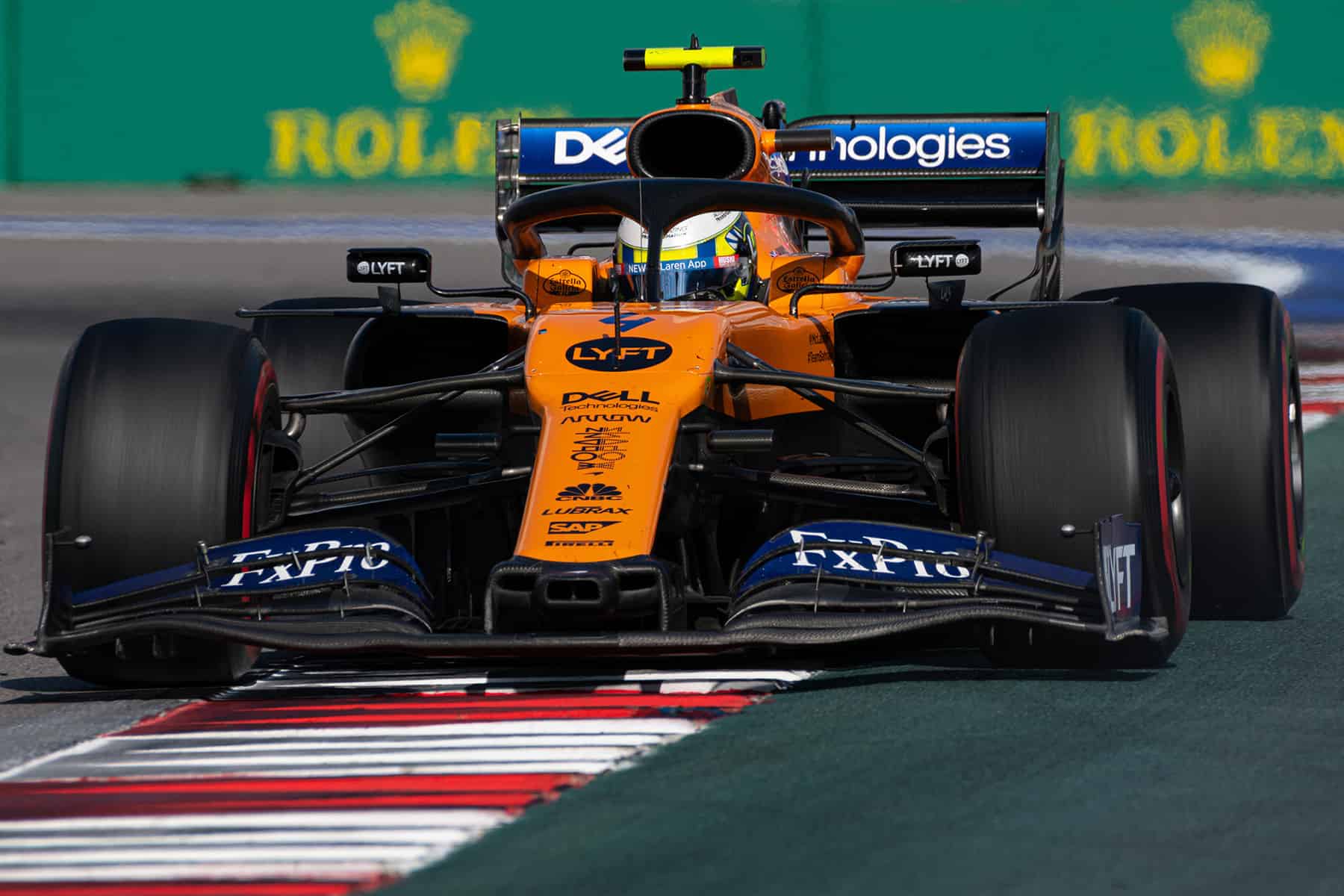
A memorable event for both father and son
BY: TIM LAPPEN
Originally published by Collier AutoMedia at www.collierautomedia.com/formula-1-at-circuit-of-the-americas
For those who are not passionate about cars or auto racing, the words “Formula 1” may sound dull. But to anyone with a basic knowledge of the race, F1 is the pinnacle of automotive track racing.
The competition is run on circuits, which frequently include city streets blocked off for those few days when the race is operated, located in different cities around the world. It’s hard to say Monaco without adding Grand Prix; the race has been run there since 1929. To racing fans, F1 means crowds, excitement, and sound, which to the faithful is the siren’s song to come forth and be entertained. It also means serious money, as the teams that field these incredible machines are often expending north of $200 million each year on average for the cars and the support staff – it’s rumored to have cost at least one team over $400 million. And let’s not forget the drivers who guide these land-based missiles (215 mph at top speed) whose total compensation that range up to and above $30 million per year plus bonuses.
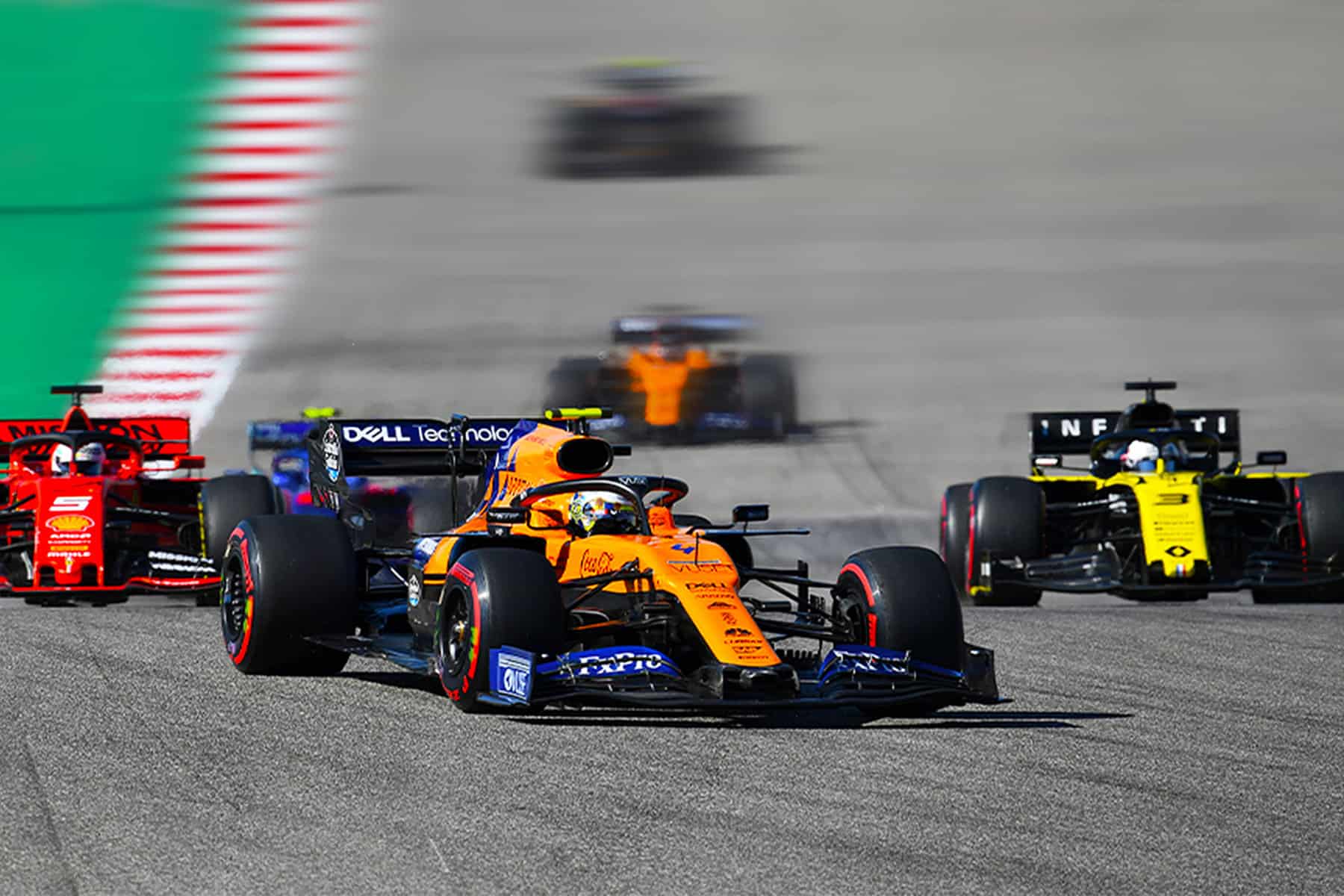
And the race is on at Circuit of the Americas.
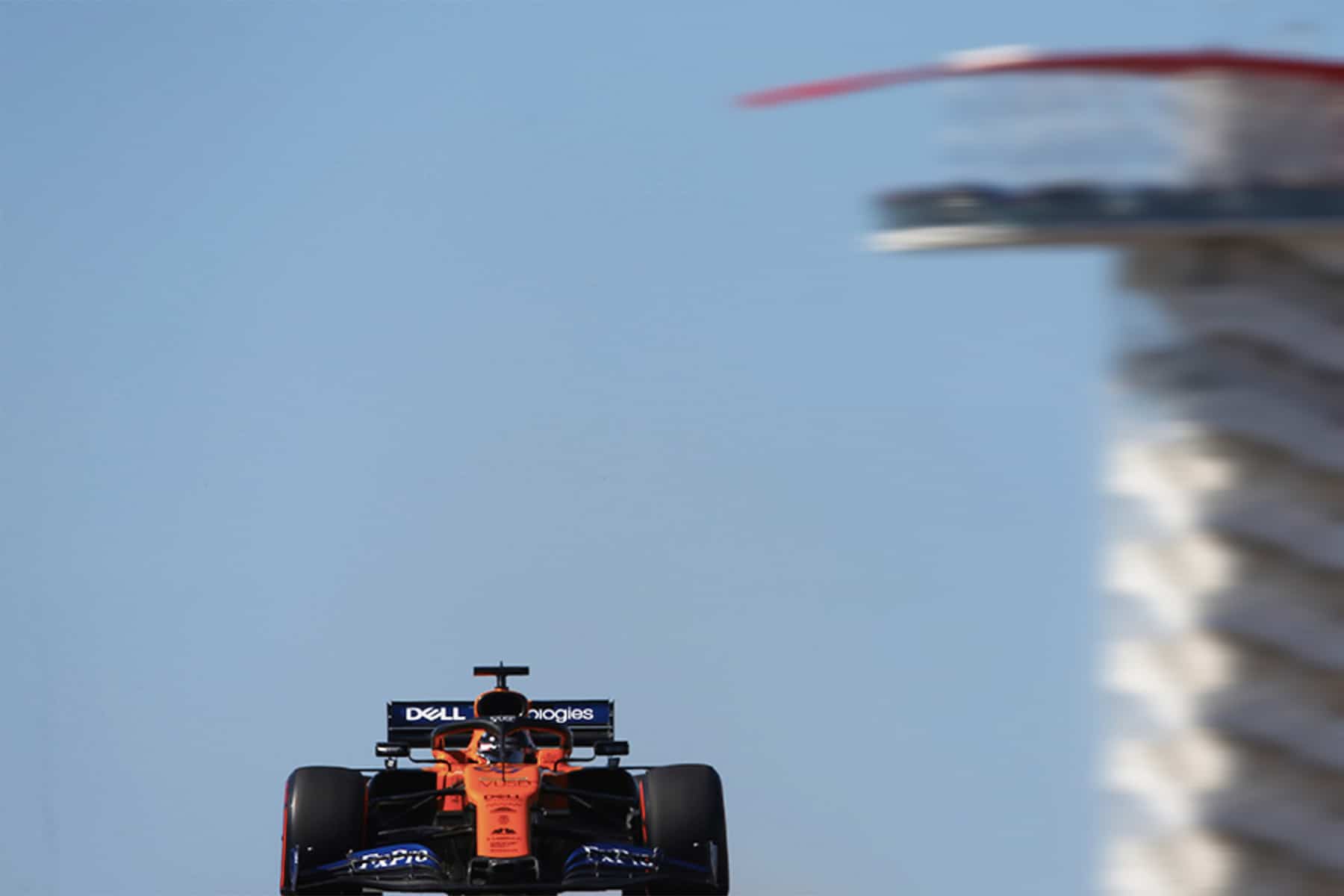
One of the McLaren cars roars past the Circuit of the Americas tower.
Although Formula 1 was the evolution of the Grand Prix races run in Europe since the 1920s, F1 itself was a post-war creation, where the cars had to conform to a specific formula of power, weight, size, and engine displacement to compete. Today, F1 races are for ten teams including McLaren, Ferrari, Mercedes, and seven others, each fielding two cars and two drivers, who compete against each other as well as within the team for the win in each race and the annual World Championship. The winner is decided based upon a points system over twenty-two races held worldwide each year in countries including Australia, Bahrain, Vietnam and China. There is one U.S. stop in Austin, Texas, at the Circuit of the Americas (COTA), a terrific purpose-built venue that opened in 2012.
But let’s say you’ve been to some car races and wonder what makes F1 such a big deal. As someone who’s been to many types of races — and has driven in drag races as well as participated in dozens of track days — comparing F1 to other types of racing is somewhat like comparing a single-engine Cessna to flying a fighter jet. F1 cars can accelerate from zero to 100 mph and come to a complete stop in under five seconds. The race tracks vary greatly, from 2.5 miles to about 4.5 miles long. The COTA track has twenty turns, ranging from slight, high-speed curves to almost 180-degree corners. While cars can go over 200 mph, this is not a “flat-out” race — straights, bends, curves and other obstacles make up all F1 courses, so the car with the highest top speed is not always the winner.
The sound of the F1 race is part of the thrill. Up until recently, cars seemed louder each year. Then, with changes in the engines, the use of hybrids and other factors, the sound evolved. One commentator noted that the frequency range of the F1 exhaust sound was similar to that of a human scream. The sound is a combination of a wail and a vibration – an unforgettable, visceral sensation. While it’s not been proven, I believe that experiencing an F1 race up close will result in modest weight loss due to the vibrations coming from the sound.
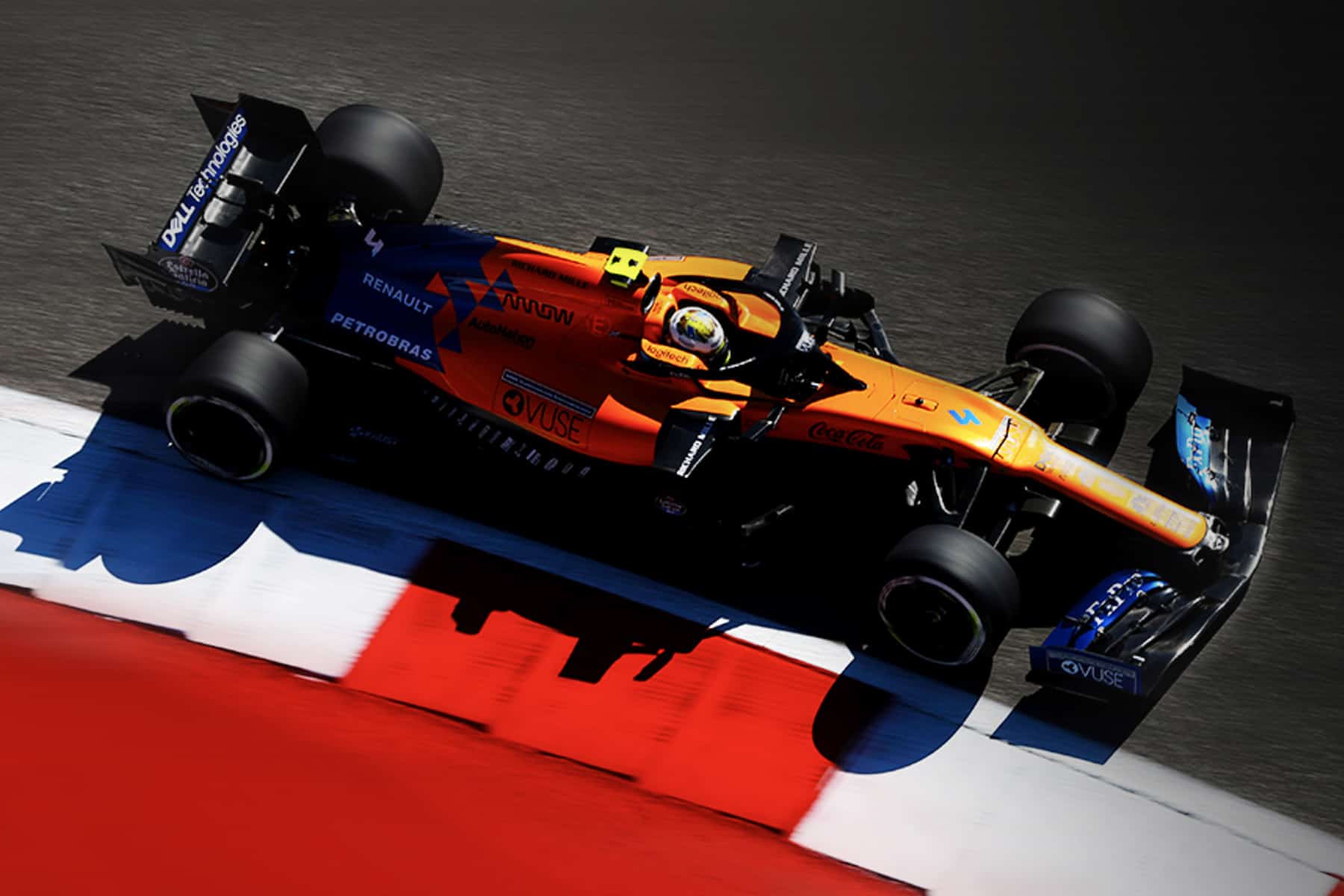
Many of the Circuit’s corners are super tight.
A series of F1 races is conducted over a period of time and called the Formula 1 World Championship season. Each race in this season is called a Grand Prix. One can experience a Grand Prix in many ways, whether through live television coverage or attending a race in person. Prior to the main event on Sunday, there are two days of associated events, including practice sessions, qualifying sessions, races of non-F1 cars, and additional race-related entertainment. Depending on which venue you attend, a general admission ticket gets you in the gate with the opportunity to picnic on the grass and watch the action for about $180. There are single-day tickets available and the price increases depending on the package. You can get bleacher seats with elevated benches, stadium seats, or trackside packages with food and beverages included. Or, elevate your experience and opt for the Paddock Club, which features air-conditioned suites along pit row, where the garages are located. See where the cars come in during the race for tire changes and pit stops. The Club suites all have an inside area with a constant supply of food and beverages and come complete with outside seating. The suites are located directly above the pits and within a close distance to the starting grid and finish line.

The McLaren garage crew takes a short break from race prep to check out the cheerleaders on screen.
Thanks to McLaren, my son Jay and I were able to experience the U.S. Grand Prix at COTA. It was a luxe experience, a lifetime memory for all, especially those who love cars and racing.
The McLaren suite is similar to the dozen or so executive suites in the Paddock Club building. It is equipped with table linens, china plates, terrific food, big-screen televisions, and a giant-screen closed-circuit TV with knowledgeable and entertaining commentators explaining the action, the strategy, the successes, and the failures of the weekend’s events. We enjoyed the live commentary from McLaren F1 experts in the suite and the garage, connected by closed-circuit television, giving us an up-close-and-personal experience. Before the race, we were able to walk along the pit lane, spend time in the McLaren garage, and ask questions of the team members.

Team McLaren coming into the pits during qualifying runs.
There’s electricity in the air as the days of practice near an end and the qualifying laps determine a driver’s position on the starting grid. All of this excitement adds to the drama of the event. During our three-day experience from Thursday to Sunday, we met McLaren designers, engineers, drivers, and other luminaries, and we watched impressive videos in between live-action events.
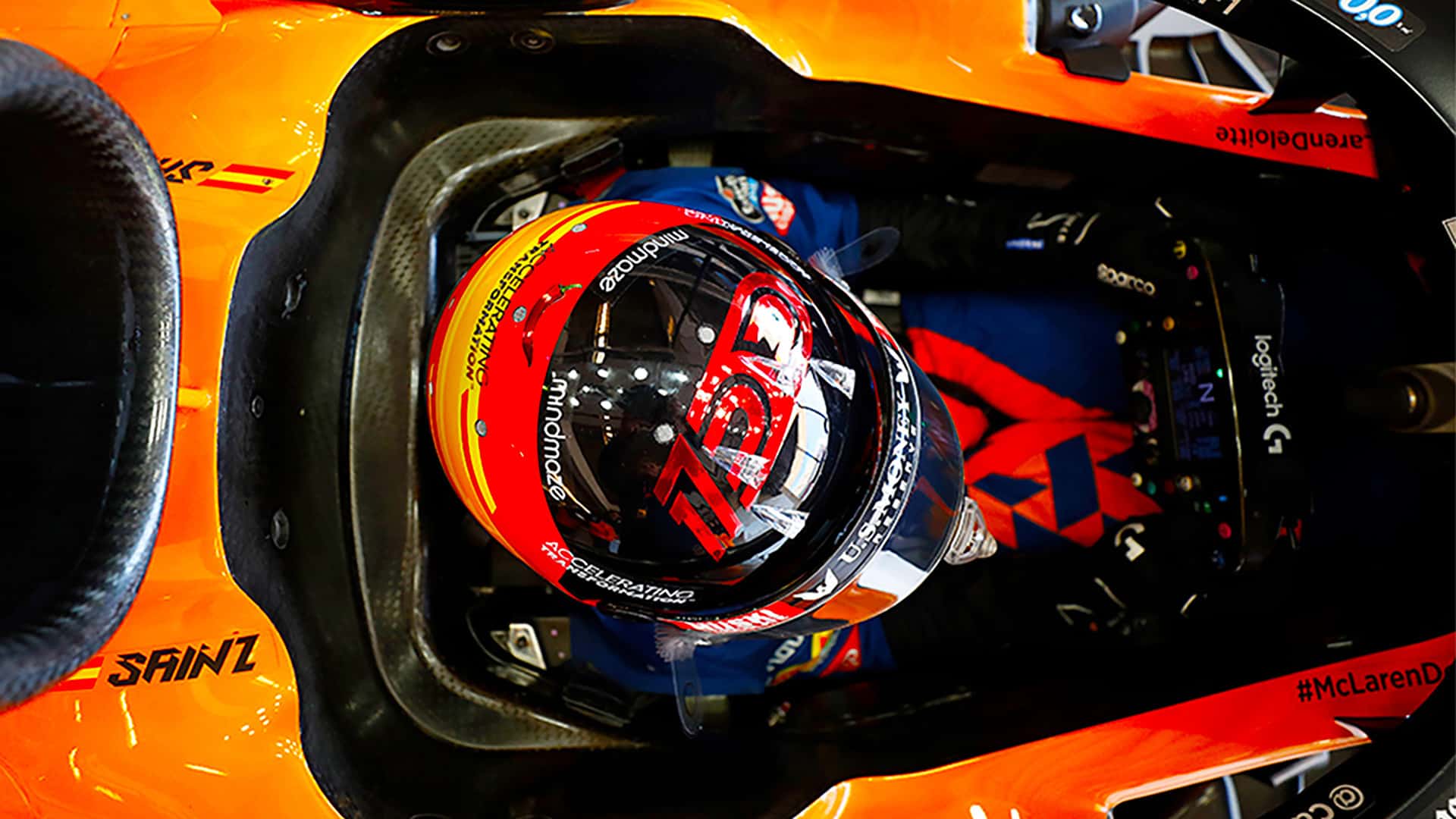
McLaren pilot Caros Sainz, from above. Sainz went on to win the Brazilian Formula 1 race.
Expenses aside, to experience the preliminaries and then the race itself, the question remains – was it worth it? To my son and myself, it was a perfect trip. The grandeur of a race with century-old roots and the very best in terms of performance was enchanting. With top-quality drivers, racing machines created by the most sophisticated constructors and backed by the most brilliant minds that the industry has to offer — it’s worth trying out at least once in your life.

No simple matter – getting in and out of a Formula 1 car takes strength and agility.


Sorry, the comment form is closed at this time.